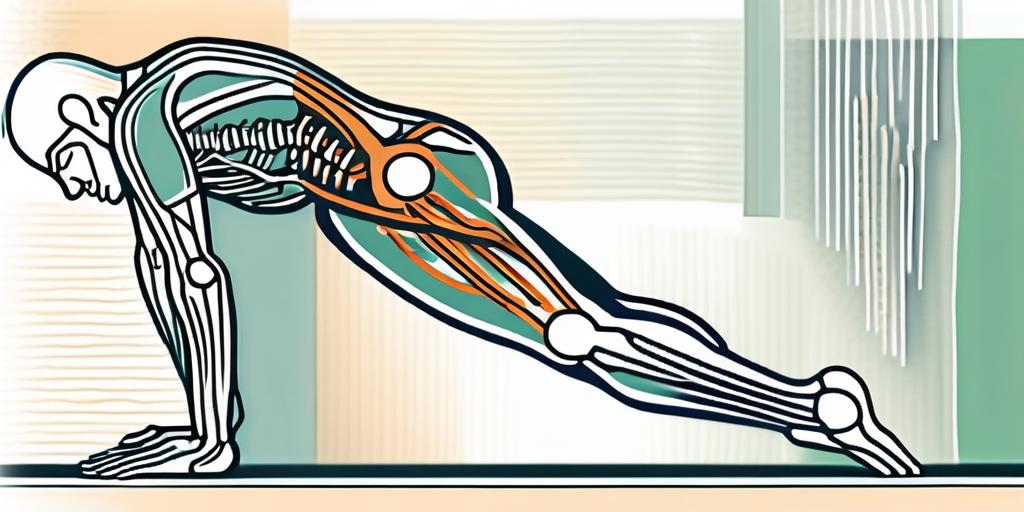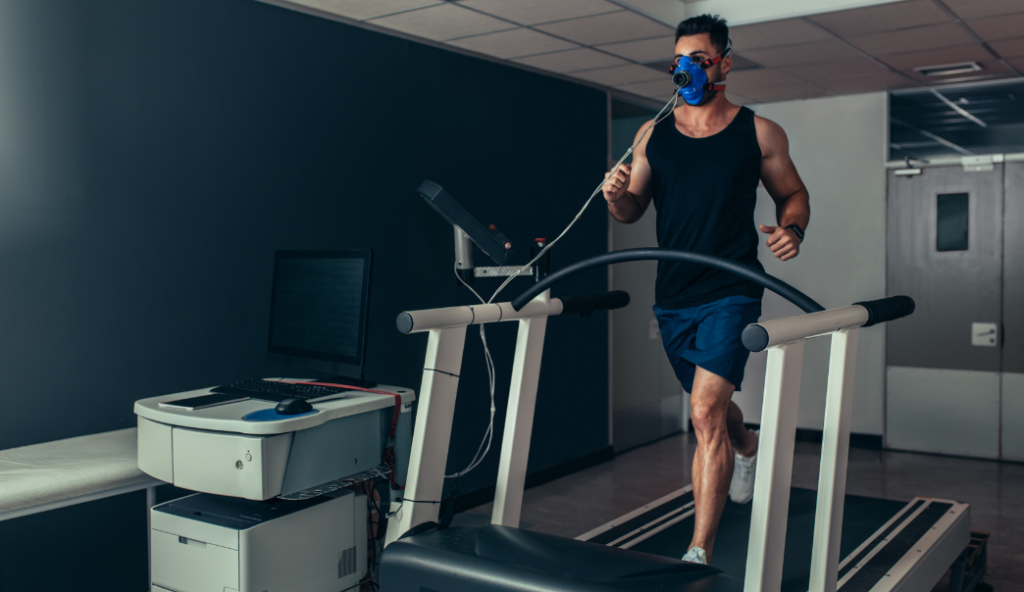In recent years, there has been a growing recognition of biomechanics’ vital role in understanding and improving human movement. Biomechanics, the study of how forces interact with the human body, has provided new insights into our movements’ complex and intricate nature.
One field that has embraced the integration of biomechanics is chiropractic care. Chiropractors are skilled healthcare professionals who specialize in diagnosing and treating disorders of the musculoskeletal system, with a focus on the spine. By combining the principles of biomechanics with chiropractic techniques, chiropractors offer new insights into human movement and revolutionize how we approach musculoskeletal health.
Exploring the Intersection of Chiropractic Care and Biomechanical Science
At the heart of chiropractic care is the belief that optimal health and function are contingent on a properly aligned spine. When the spine is misaligned, whether due to trauma, poor posture, or other factors, it can lead to a cascade of mechanical and neurological dysfunctions throughout the body, this is where biomechanical science comes into play.

Biomechanics allows chiropractors to analyze how alterations in spinal alignment influence overall movement patterns, muscle function, and joint mechanics. By understanding the intricacies of biomechanics, chiropractors can determine the root cause of musculoskeletal issues and develop targeted treatment plans.
For instance, a misalignment in the cervical spine (neck) can lead to altered biomechanics that affect not only the neck but also the shoulders, upper back, and even the lower back. By identifying and correcting the underlying biomechanical issues, chiropractors can restore proper function and alleviate pain throughout the musculoskeletal system.
The Role of Biomechanics in Diagnosing Movement Disorders
One area where the integration of biomechanics and chiropractic care has shown great promise is in the diagnosis of movement disorders. Biomechanical analysis can identify issues with gait, joint stability, and muscle imbalances.
For example, a patient with Parkinson’s disease may exhibit tremors, balance problems, and difficulty initiating movements. An analysis of their movement patterns allows a chiropractor to identify abnormal biomechanics that may exacerbate these symptoms. Chiropractic adjustments improve movement and quality of life for those with movement disorders by targeting biomechanical issues.
Chiropractic care offers a distinct advantage when treating movement disorders by addressing the root cause rather than merely managing symptoms. By targeting the underlying biomechanical dysfunctions, chiropractors can help restore proper movement patterns, improve joint stability, and alleviate pain.
Innovations in Chiropractic Techniques for Enhanced Biomechanical Health
Chiropractic techniques continue to evolve, focusing on enhancing biomechanical health and optimizing human movement. One such innovation is the use of instrument-assisted adjustments. Traditionally, chiropractors utilized manual adjustments, applying controlled force to specific spinal segments to restore alignment. However, technological advancements have led to the development of instruments that can deliver precise and controlled adjustments. This allows chiropractors to target even the most intricate biomechanical dysfunctions more accurately.
Instrument-assisted adjustments are gentle and comfortable, making them ideal for hesitant patients. These innovations not only enhance patient comfort but also open doors for individuals who may have previously been unable to receive chiropractic care due to musculoskeletal limitations or chronic pain conditions.
The Role of Motion Analysis Technology in Chiropractic Care
Another exciting area of innovation in the intersection of chiropractic care and biomechanics is the application of motion analysis technology. By utilizing motion capture systems and advanced computer algorithms, chiropractors can objectively assess movement patterns and identify subtle biomechanical abnormalities contributing to musculoskeletal issues.
With this invaluable information, chiropractors can tailor treatment plans to address specific biomechanical dysfunctions, bringing the body back into balance and promoting optimal movement and function. This personalized approach ensures patients receive targeted interventions that address their unique needs and optimize their overall musculoskeletal health.

Advancements in Chiropractic Education and Research
Furthermore, advancements in chiropractic education and research have paved the way for a deeper understanding of the intricate relationship between chiropractic care and biomechanical science. Chiropractors provide evidence-based care by utilizing their anatomy, physiology, and biomechanics knowledge.
By staying at the forefront of research and innovation, chiropractors can continue to refine their techniques and expand their understanding of how biomechanical science can further enhance the effectiveness of chiropractic care. This commitment to continuous learning ensures that patients receive the highest standard of care, with treatments tailored to their unique needs and supported by the latest scientific evidence.
How Chiropractic Adjustments Influence Biomechanical Functioning
Chiropractic adjustments, or spinal manipulations, are the cornerstone of chiropractic care. These manual interventions involve applying controlled pressure to specific spinal joints to correct misalignments and restore proper biomechanics. But how exactly do chiropractic adjustments influence biomechanical functioning?
When chiropractors adjust, they apply a high-velocity, low-amplitude force to the targeted vertebrae or joint. This quick and controlled force helps break up adhesions, release trapped gases within the joint, and restore normal joint function. By realigning the spine and improving joint mechanics, chiropractic adjustments alleviate pressure on surrounding nerves, reduce inflammation, and promote optimal communication between the musculoskeletal and nervous systems.
Stimulating the Release of Endorphins
Furthermore, chiropractic adjustments stimulate the release of endorphins, natural pain-relieving chemicals produced by the body. These endorphins help reduce pain and promote a sense of well-being and relaxation. Chiropractic adjustments provide a holistic approach to improving biomechanical functioning by addressing musculoskeletal health’s physical and emotional aspects.
But let’s delve deeper into the fascinating world of biomechanics and chiropractic care. Biomechanics studies how forces affect the human body and how the body responds to those forces. By understanding the principles of biomechanics, chiropractors can better assess and treat musculoskeletal issues.
Addressing these Biomechanical Imbalances
For example, a misalignment in the spine can disrupt the normal biomechanics of the surrounding joints and muscles. This can lead to compensatory movements and imbalances throughout the body, affecting posture, gait, and overall movement patterns. By addressing these biomechanical imbalances through chiropractic adjustments, chiropractors can help restore proper alignment and function, allowing the body to move more efficiently and effectively.
Moreover, chiropractic care considers the interconnectedness of the body’s systems. It recognizes that biomechanical functioning is not solely dependent on the musculoskeletal system but is also influenced by other factors such as nutrition, stress levels, and lifestyle choices. Chiropractors can optimize biomechanical functioning and promote overall wellness by considering these factors and providing personalized treatment plans.
Integrating biomechanics and chiropractic care has opened new possibilities for understanding and optimizing human movement. By combining the principles of biomechanics with chiropractic techniques, chiropractors are providing new insights into the complex nature of our musculoskeletal system.
Through innovative technologies and personalized treatment approaches, chiropractors can address the root cause of musculoskeletal issues and promote optimal biomechanical health.
Whether you’re seeking relief from pain, recovering from an injury, or aiming to enhance your athletic performance, chiropractic care offers a holistic and evidence-based solution to help you reach your movement goals.
So why wait? Embrace the power of biomechanics and experience the incredible benefits of chiropractic care today!


